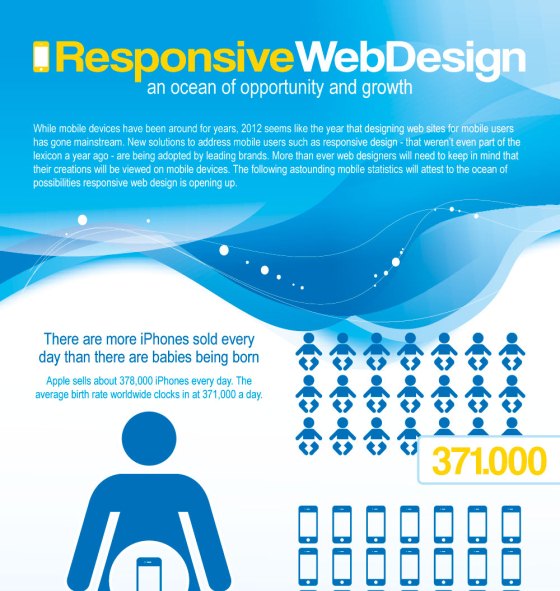The Evolution Of Website Design: From Past To Existing
The Evolution Of Website Design: From Past To Existing
Blog Article
Web Content Written By-Tobiasen Dalby
In the past, websites were basic and concentrated on info. click this link was straight, and style was for desktop computers. Currently, customer experience is essential. Data guides designs for easy navigating. Receptive layouts suit different gadgets. Today, dark setting lowers pressure, and minimal food selections enhance navigation. Interactive attributes involve users, and vibrant visuals stand out. AI combination improves engagement. See how layout has actually developed to boost your on-line trip.
Early Days of Website Design
In the early days of website design, simplicity preponderated. Internet sites were standard, with limited colors, fonts, and layouts. The focus got on supplying details as opposed to fancy visuals. Users accessed the web via slow-moving dial-up connections, so speed and functionality were essential.
Navigating menus were straightforward, typically located at the top or side of the page. Web sites were developed for desktop, as mobile surfing had not been yet prevalent. Material was king, and developers prioritized very easy readability over intricate design aspects.
HTML was the primary coding language used, and designers had to work within its restraints. Animations and interactive attributes were marginal contrasted to today's requirements. https://london-post.co.uk/tips-for-creating-an-effective-digital-marketing-strategy/ were fixed, with little dynamic web content or customized user experiences.
Increase of User-Focused Design
With the development of internet site design, a change in the direction of user-focused style principles has come to be progressively prominent. Today, producing internet sites that prioritize user experience is vital for involving site visitors and attaining business objectives. User-focused design entails understanding the needs, preferences, and actions of your target audience to tailor the site's design, content, and includes as necessary.
Developers now conduct complete study, such as customer surveys and functionality screening, to gather understandings and comments directly from individuals. This data-driven approach helps in creating instinctive navigation, clear calls-to-action, and aesthetically enticing user interfaces that reverberate with site visitors. By putting the customer at the center of the style procedure, sites can deliver a more individualized and pleasurable experience.
Responsive style has additionally emerged as a vital facet of user-focused design, guaranteeing that internet sites are maximized for numerous devices and display dimensions. This versatility boosts access and functionality, satisfying the varied ways users connect with websites today. Fundamentally, the surge of user-focused style symbolizes a change towards creating digital experiences that prioritize the requirements and assumptions of completion user.
Modern Trends in Web Design
Discover the current trends forming website design today. One popular trend is dark mode layout, offering a smooth and modern-day appearance while minimizing eye stress in low-light atmospheres. One more essential fad is minimalist navigation, streamlining menus and boosting user experience by concentrating on essential elements. Integrating micro-interactions, such as animated switches or scrolling effects, can create a much more interesting and interactive web site. Receptive style stays vital, making sure smooth user experiences throughout various devices. Furthermore, utilizing vibrant typography and asymmetrical formats can add aesthetic passion and draw attention to details web content.
Integrating AI modern technology, like chatbots for customer support or personalized recommendations, boosts customer interaction and streamlines processes. Access has also become a substantial fad, with developers prioritizing comprehensive design practices to accommodate diverse customer demands. Embracing sustainability by enhancing internet site performance for speed and efficiency is another emerging pattern in website design. Working together with user comments and data analytics to repeat and boost layout constantly is necessary for remaining appropriate in the ever-evolving digital landscape. By accepting these modern-day patterns, you can create an aesthetically attractive, straightforward site that resonates with your target market.
Verdict
As you reflect on the development of web site design from the very early days to currently, you can see how user-focused layout has actually become the driving pressure behind contemporary patterns.
Embrace the trip of adjustment and adjustment in web design, constantly maintaining the individual experience at the forefront.
Keep current with the current fads and modern technologies, and never quit developing your approach to create aesthetically spectacular and user-friendly websites.
Develop, adapt, and create - the future of website design is in your hands.
